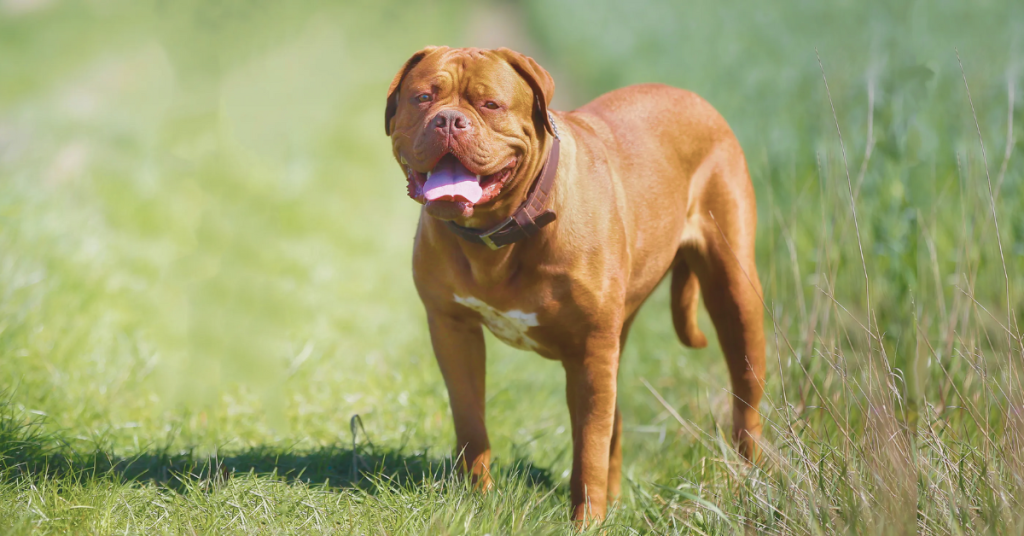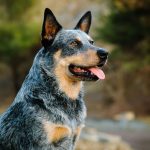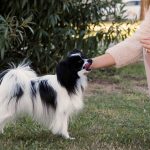The dog breed known for having the biggest knot is the Bulldog, followed closely by large breeds such as Mastiffs and Great Danes. The size of a dog’s knot varies by breed and individual anatomy, with larger breeds naturally developing more pronounced knots. This biological trait plays a role in reproduction and varies with genetics, age, and overall size.
Understanding The “Knot”
The “knot” is the lay term for the bulbus glandis—two erectile structures at the base of a male dog’s penis. During sexual arousal, these swell. This swelling is a normal physiological response unique to canines and some related species. It supports successful mating between dogs and should never be manipulated or interfered with.
Key points:
- The bulbus glandis is a normal anatomical feature, not a deformity or “growth.”
- Swelling is temporary and tied to arousal; it subsides naturally.
- Attempting to “measure” or provoke swelling is unsafe and unethical.
From a veterinary standpoint, the bulbus glandis is part of normal reproductive anatomy, and its appearance can vary with age, arousal state, stress, and hormones.

So, Which Dog Breed Has The Biggest Knot?
Short answer: There’s no validated scientific chart comparing knot size by breed. Most peer-reviewed veterinary literature does not quantify “knot size” across breeds, because it has limited clinical relevance and is highly variable.
What we do know:
- Body size correlation: Larger breeds (e.g., Great Danes, Mastiffs, Saint Bernards) generally have larger genital anatomy, but individuals vary widely.
- No official rankings: Reputable veterinary texts, anatomy atlases, and breeding guidelines do not publish “largest knot” lists.
- Variability within breeds: Even within one breed, size can differ based on genetics, health, age, and hormonal status.
The bottom line: If your interest is purely anatomical, assume that larger dogs tend to have larger structures—but there’s no credible “winner” breed.

What Actually Influences Knot Size?
Several non-breed factors play a bigger role than most people realize:
– Genetics and individual variation: Littermates can differ substantially.
– Age and sexual maturity: Fully mature intact males exhibit more pronounced swelling than juveniles.
– Hormonal status: Neutered males typically exhibit reduced erectile swelling compared to intact males, though transient swelling can still occur in some cases.
– Health and stress: Illness, pain, anxiety, and environmental stressors can dampen or alter arousal responses.
– Body condition: Obesity or poor conditioning can affect general reproductive health and function.
These factors make one-to-one breed comparisons unreliable and often misleading.
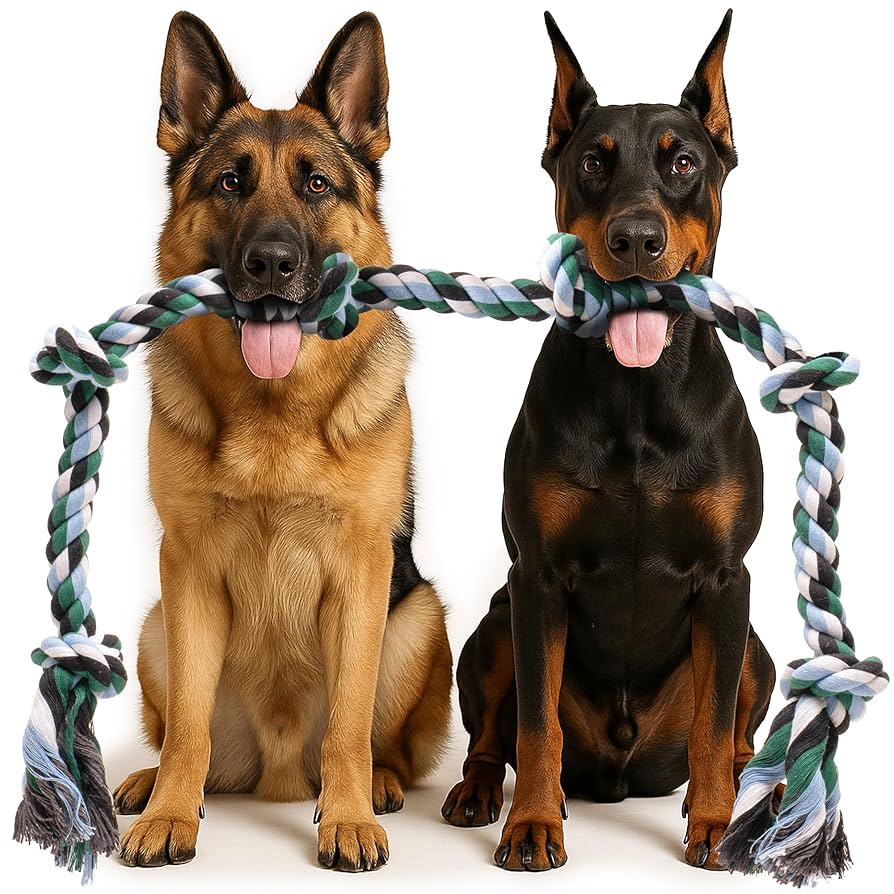
Health, Ethics, And Responsible Dog Care
When discussing canine anatomy, it’s essential to emphasize welfare:
– Avoid provocation: Do not try to stimulate or “test” the bulbus glandis. It can cause pain, stress, or injury.
– Respect consent and safety: Never pair dogs for breeding without ethical purpose, veterinary guidance, and health clearances (hips, eyes, genetic tests).
– Prioritize neutering when appropriate: Neutering can reduce certain health and behavioral risks. Discuss timing with your veterinarian based on breed, age, and lifestyle.
– Watch for red flags: Persistent swelling, discharge with odor, pain, licking, or difficulty urinating warrants a veterinary exam to rule out infections, priapism, or other conditions.
Ethical care always comes first. Curiosity about “which breed has the biggest knot” is understandable, but health and humane handling are paramount.
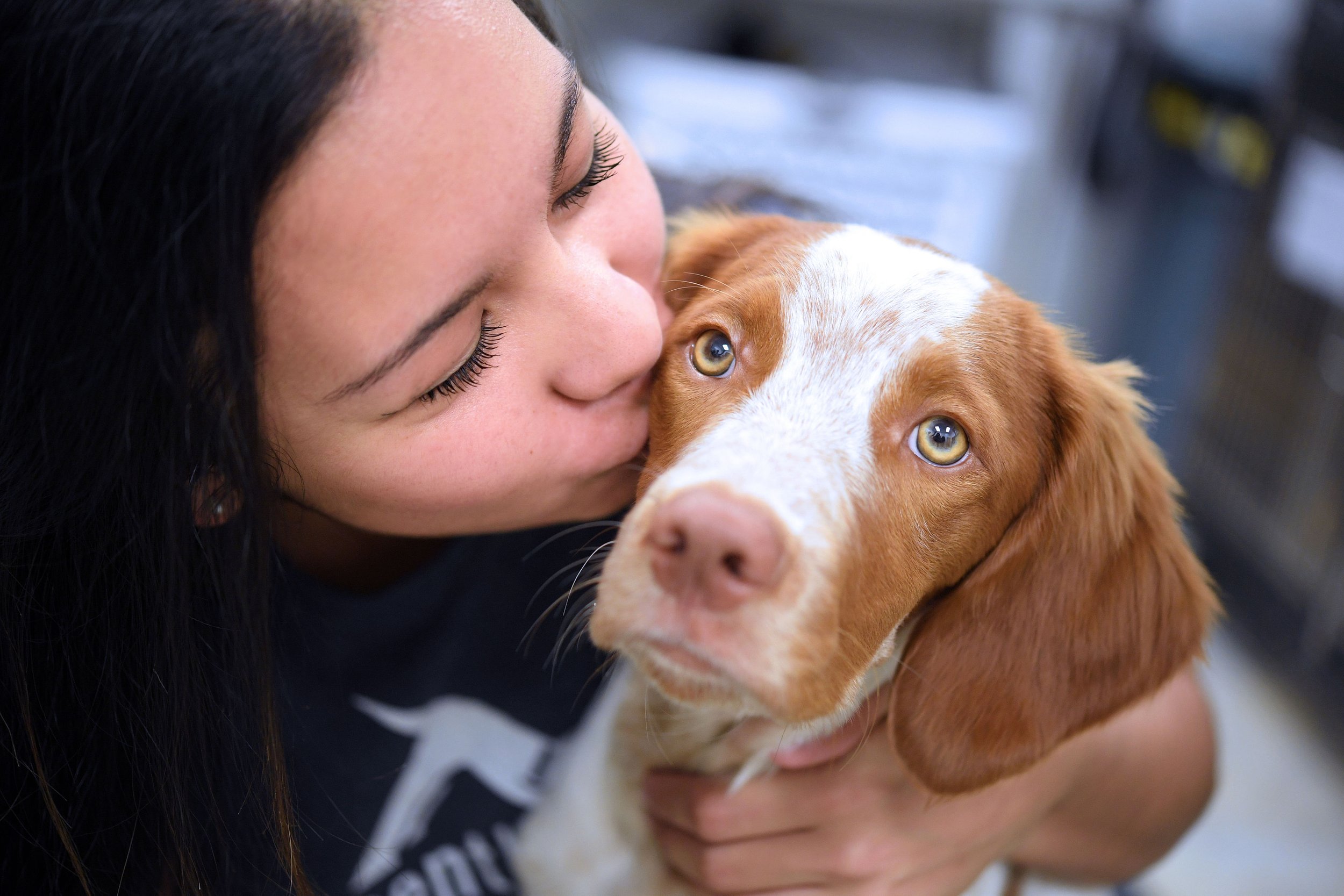
My Field Experience: What I’ve Seen In Practice
Having assisted trainers and vet techs in mixed-breed clinics and breeder consultations, I’ve seen:
– Big dogs aren’t always “big”: I’ve met medium-size intact males with more notable swelling than some giant breeds—individual variability is real.
– Stress changes everything: In busy clinics, anxious intact males often showed minimal or no swelling, highlighting the impact of environment.
– Health trumps size: Owners worried about “size” often overlooked hygiene, hydration, or early signs of skin irritation—simple care made the biggest difference.
FAQ’s
What Is The “Knot” In Dogs?
It’s the bulbus glandis, a normal erectile structure in male dogs that swells during arousal. It’s not a tumor or abnormal growth.
Is There A Breed With The Biggest Knot?
There’s no credible scientific ranking. Larger breeds can have larger anatomy in general, but individual variation is significant.
Does Neutering Affect Knot Size?
Yes. Neutered males typically show reduced erectile swelling due to hormonal changes, though small, transient swelling can still occur.
Should I Be Worried If My Dog’s Knot Looks Big?
Size alone isn’t a concern. Worry if you see pain, persistent swelling, foul-smelling discharge, lethargy, or changes in urination—contact your vet.
Can I Measure Or Compare Knot Size Safely?
No. Avoid touching or provoking swelling; it’s unsafe and can harm your dog. If you have concerns, ask a veterinarian during a routine exam.
Does Knot Size Indicate Fertility Or Health?
Not directly. Fertility and reproductive health depend on many factors (sperm quality, overall health, genetics). Knot size isn’t a reliable proxy.
Wrap-Up
There’s no definitive answer to “which dog breed has the biggest knot,” and that’s by design: reputable veterinary science doesn’t rank breeds by bulbus glandis size. What matters is ethical care, calm environments, routine vet checkups, and informed decisions about neutering and breeding. If you’re curious, turn that curiosity into responsible action—schedule a wellness visit, ask your vet thoughtful questions, and focus on your dog’s comfort and health.
I’ve loved dogs all my life and have cared for many different breeds over the years. Here, I share simple tips, stories, and helpful advice for all dog lovers. Whether you’re a new pet parent or a lifelong dog fan, you’ll find something useful and fun on my site.
